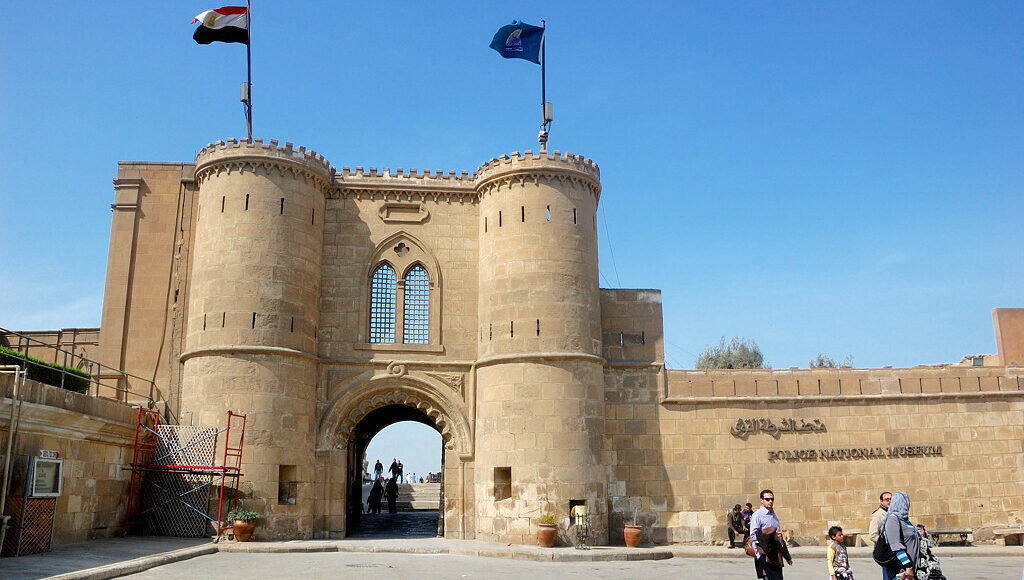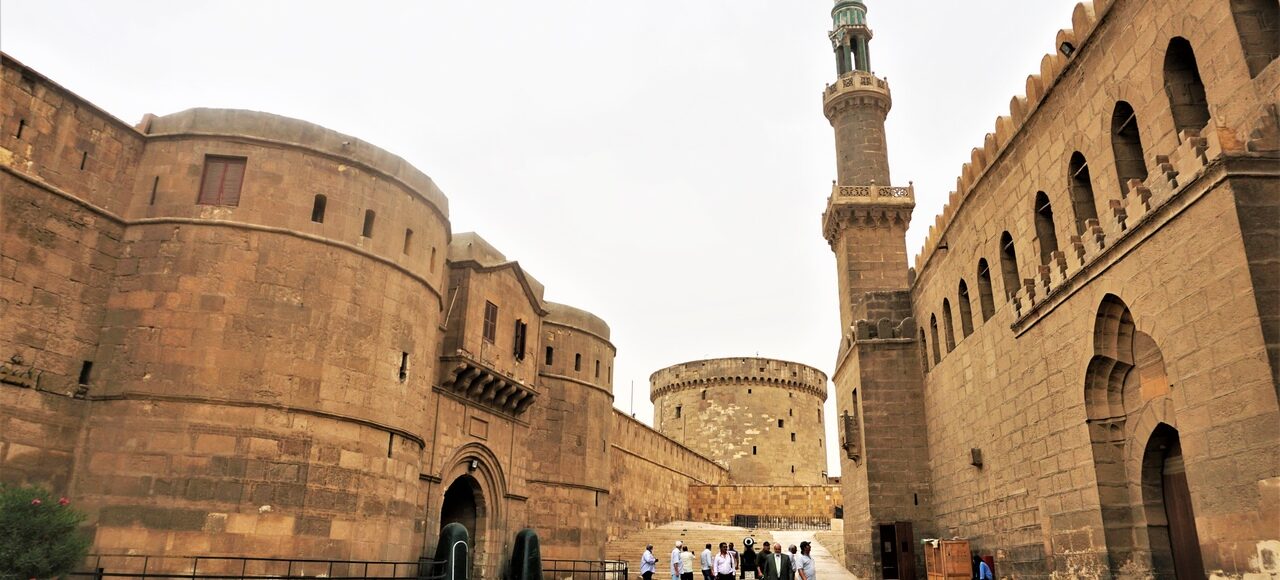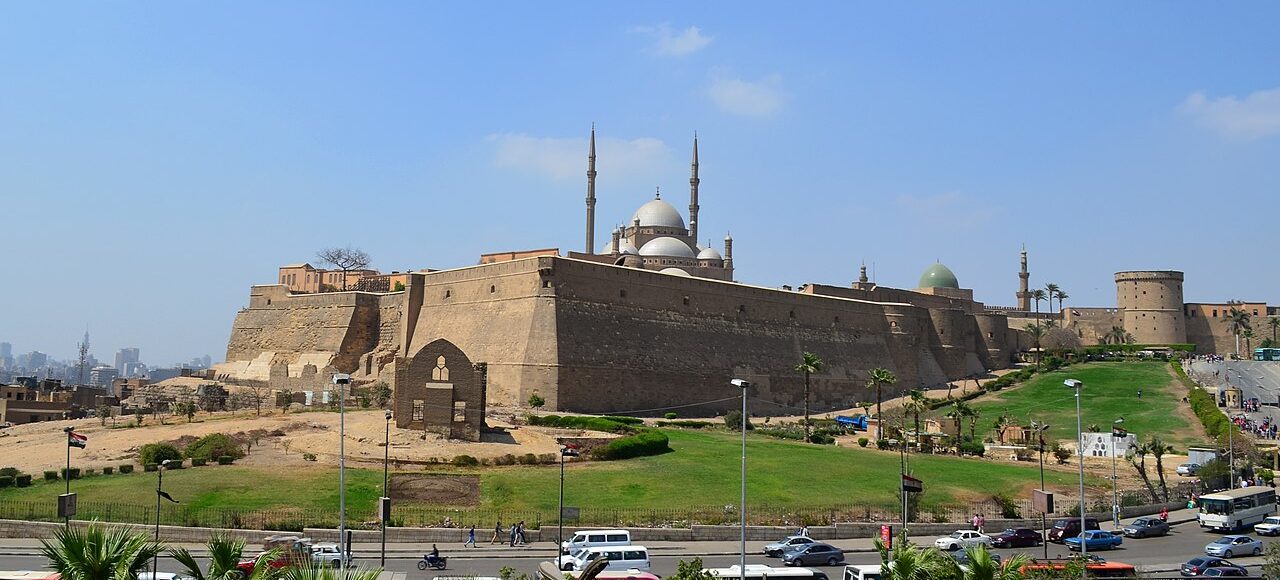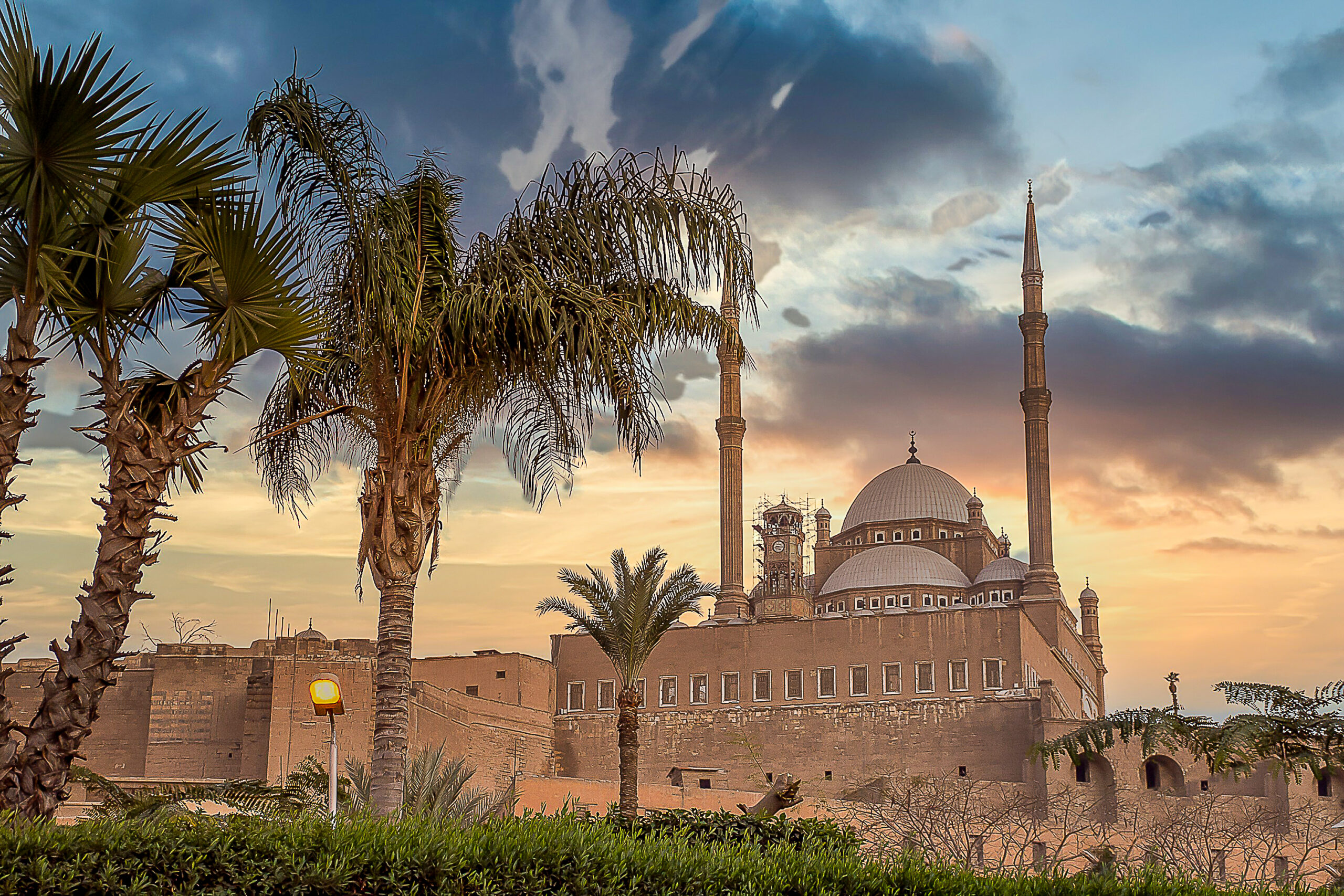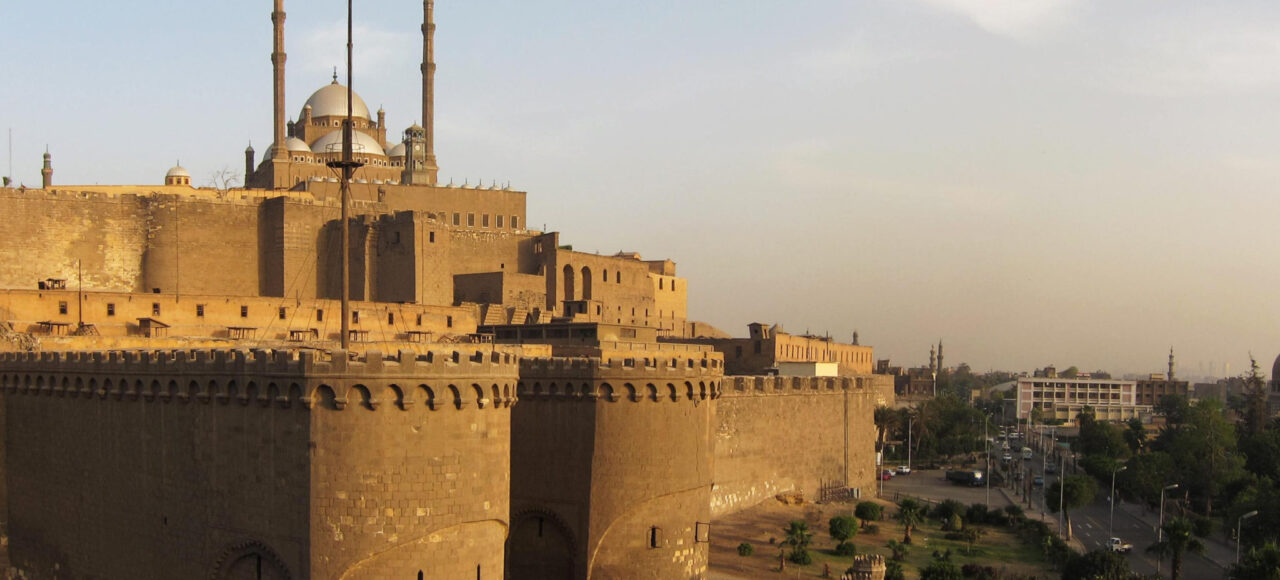Citadel of Saladin in Cairo, Egypt Saladin is one of the most significant figures in medieval history. From his wise rule to his intense warfare against the Christian Crusaders, his reputation is honored in both the Western and Islamic worlds. The Sultanate of Saladin ruled a vast territory that extended from Syria to parts of the Maghreb to the desert city of Cairo, where he built a magnificent fortress that remained the political center of Egypt until the middle of the 19th century. The Citadel of Saladin, known in English as the Citadel of Cairo, is strategically located on a promontory under Mount Mokattam, which made it difficult to attack. It was considered the most impressive and ambitious military fortress during its construction. Later Muslim rulers of the Mameluke Sultanate and the Ottoman Empire, al-Nasir Muhammad and Muhammad Ali Pasha, renovated and installed additional defenses. Because of (or despite) this elaborate fortress, Cairo was never besieged, so the citadel never fell in history. One of the historically significant features of the fortress is the relief of an Egyptian vulture that can be seen on its western wall. Although it is now headless, it was probably originally a double-headed eagle, a motif that appears frequently in the modern Islamic world, from architecture to manufacturing. Although the symbol is called the eagle of Saladin, the exact date of the relief is unknown and can be later than the time of Saladin. Despite this, the “eagle” was redesigned and used as the national symbol after the Egyptian revolution of 1952, and is still used as the official coat of arms of Egypt. Until 1983, the fortress was used as a military garrison by the occupying British forces and later by the Egyptian army. It was first opened to the public after UNESCO named it a World Heritage Site of historic Cairo. Today, the site is home to several Ottoman-era mosques and museums dedicated to the military, police, and historical chariots. The structure also offers spectacular views of Cairo and the desert.
(20)111.53333.81
Contact@misr-travel.com


